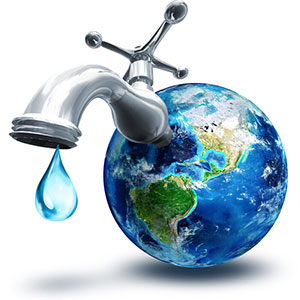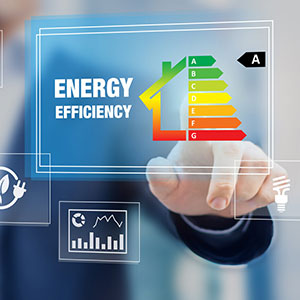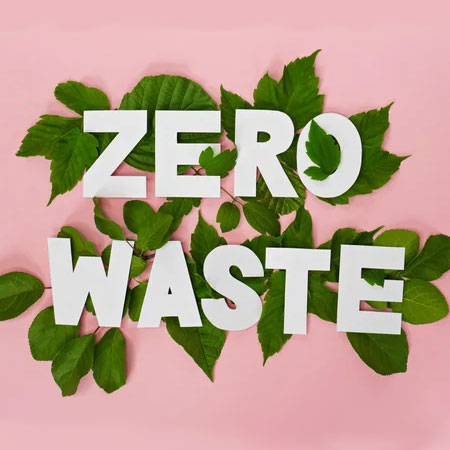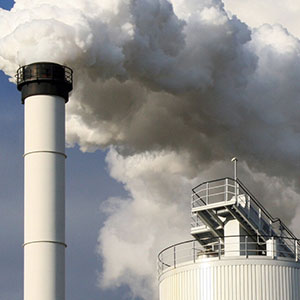An ounce of prevention is worth a pound of cure. - Ben Franklin
Pollution Prevention substantial measures are as follows:

Water Conservation

Energy Efficiency

Waste Elimination

Recycling

Management of Air Emissions

Risk Reduction
Pollution Prevention is Beneficial Because It Can:
- Reduce operating costs (from reduced raw material and energy inputs and also reduced waste disposal costs)
- Reduce the risk of criminal and civil liability
- Improve employee morale and participation
- Enhance company's image in the community
- Protect the public's health and the environment